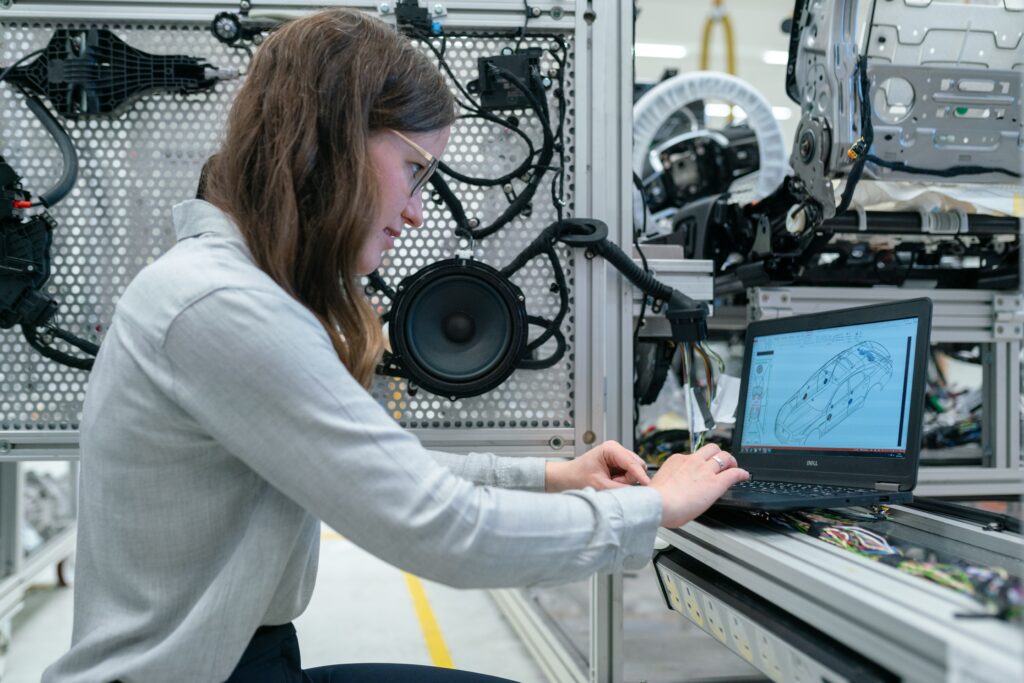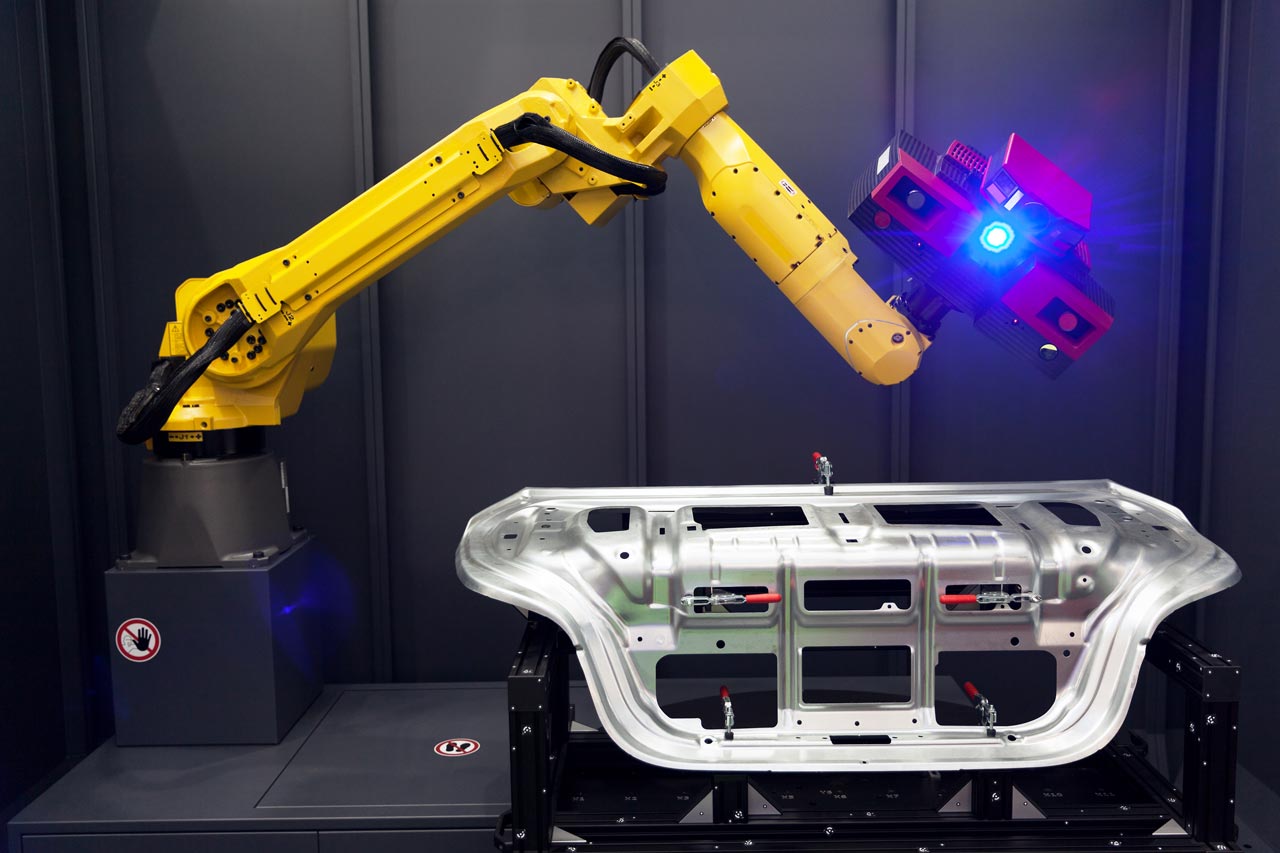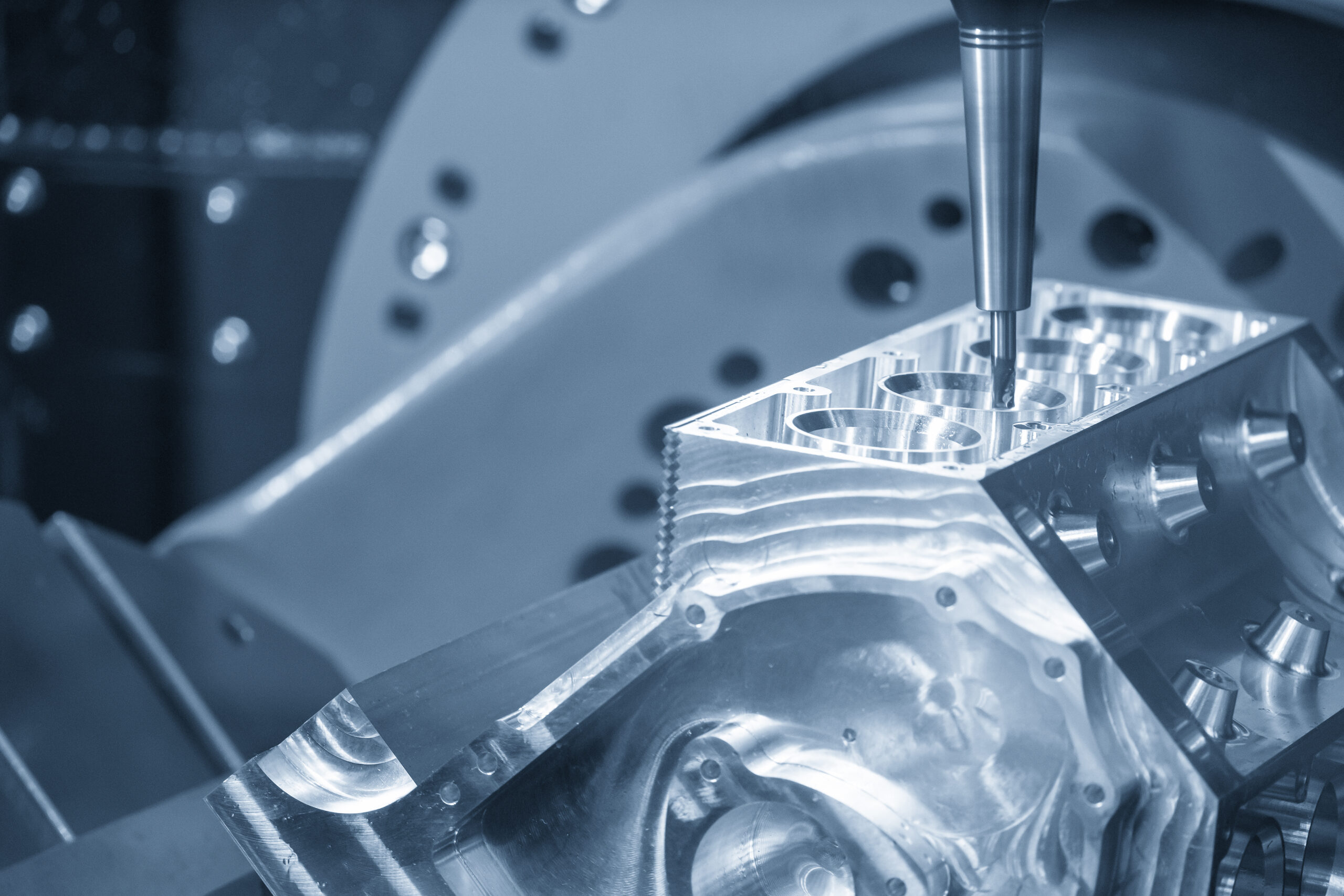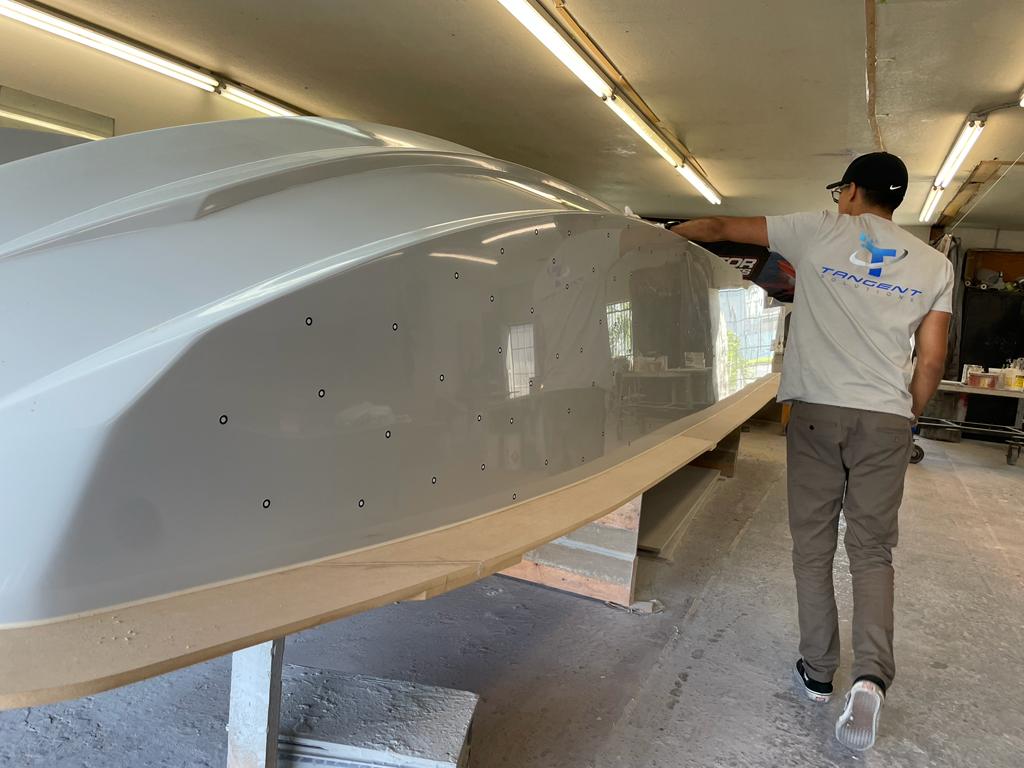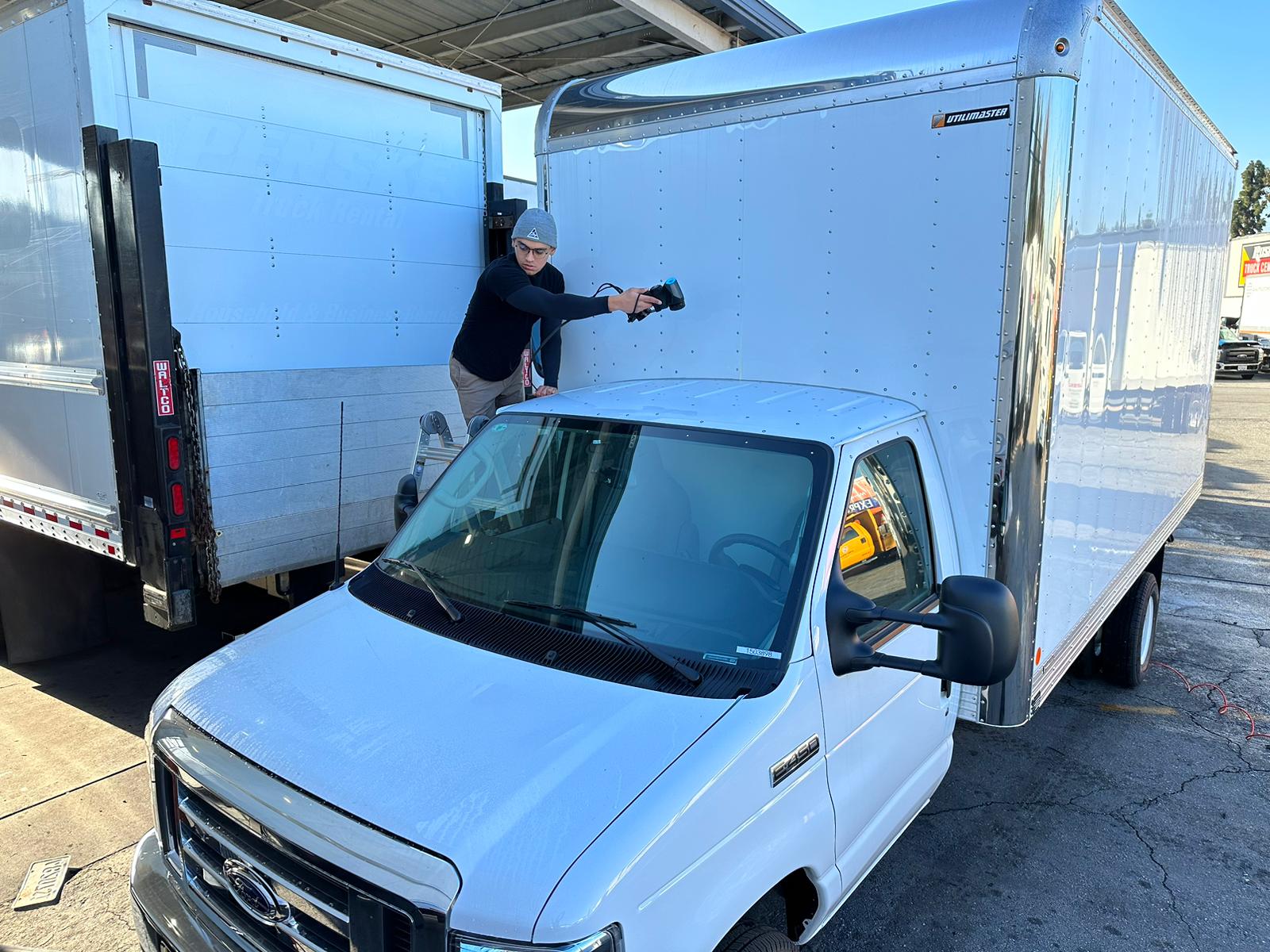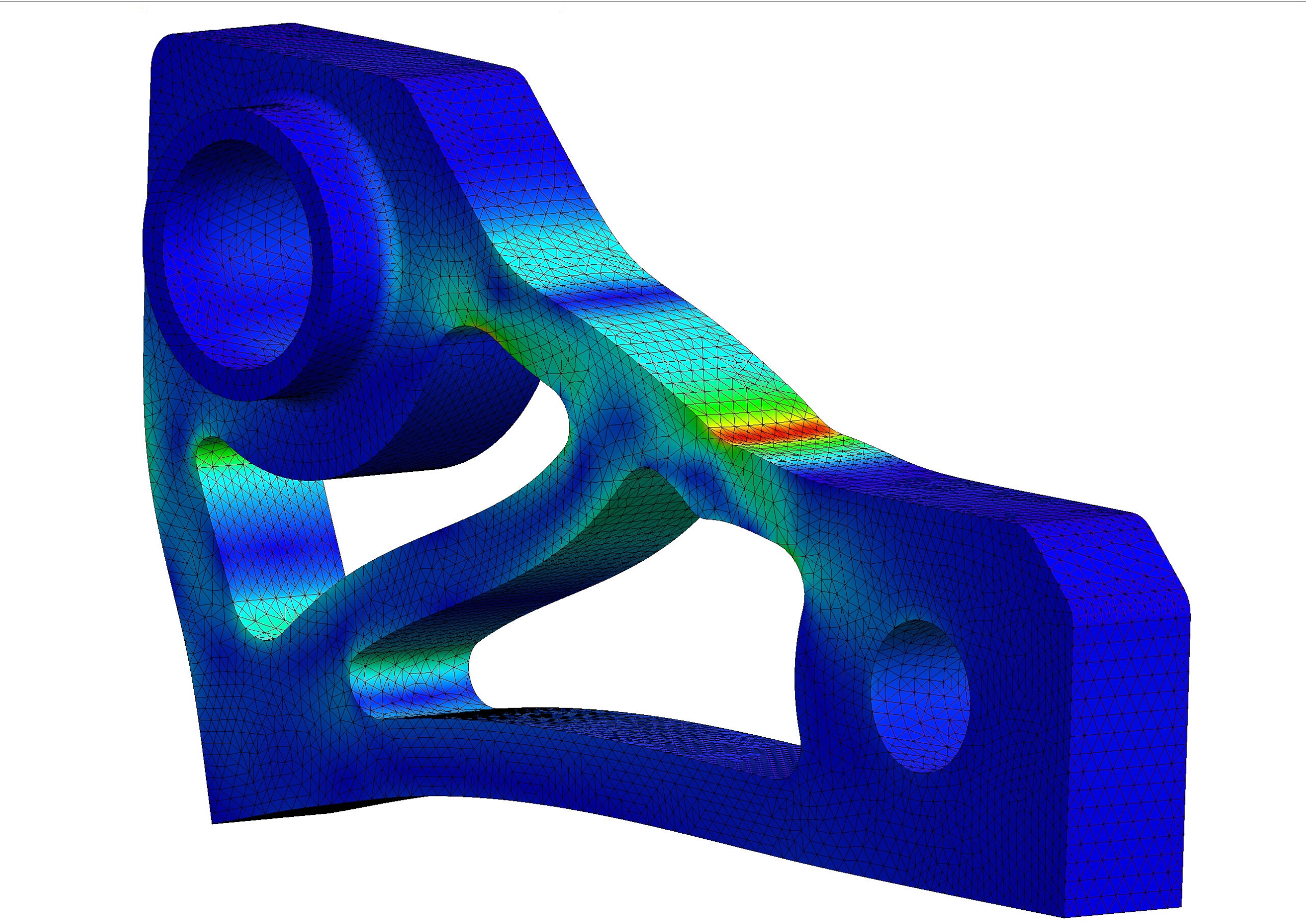Are you looking to reverse engineer an existing project? How does the reverse engineering process work?
To put it simply, the reverse engineering process is a series of steps to take apart a project and analyzing it in order to learn how it works. The process is applied to physical objects, like machines and consumer products, or digital objects, like software and computer networks.
For design engineering applications, the reverse engineering process is often used to improve upon existing designs or to create copies of products that are no longer under patent. The method can also be used to create duplicates of products that are difficult to obtain.
Reverse engineering is crucial for product manufacturing and CAD design modification. In product design, the reverse engineering process allows us to learn more about how our products work. 3D scanning services makes the process more efficient and accurate than ever!
Thanks to this modern technology, we no longer have to disassemble products for reverse engineering manually. Laser scanners enable us to capture the fine details and structure of the product and turn it into a 3D model. 3D scanning allows us to get the most precise measurements, thus making the entire process faster.
To better understand how the reverse engineering process works when paired with 3D laser scanning, here is the work flow broken down into six steps.
1. Prepare The Object
3D scanning is a fast, efficient process. Depending upon your 3D scanning platform, there is minimal prep. It is best practice to make sure the object is free of any debris so to eliminate the post processing time and to generate the best results.
Our 3D scanning system uses small, six millimeter targets to be placed around the scan subject that the lasers use to plot points and create data on the measurements, size, and dimensions of the scanned object.
If your scanner is susceptible to reflection or color, it’s important to cover reflective surfaces with a matte coating to ensure accurate results. Uncovered reflective materials can skew the results and render them useless.
2. Scan The Object
High quality 3D scanners use lasers to create a digital mesh that outlines all the features of an object. We’ll scan your item from all angles during this process, ensuring that the lasers capture as much data as needed to generate an accurate, reliable mesh.
As the lasers travel over the scan object, this mesh is created instantly in the scanner’s software. The technician will be able to see where more detail is needed right away on screen to visualize the quality.
There are different types of 3D scanners used for reverse engineering, but a blue light laser scanner remains the most reliable and widely used, till date.
3. Post Processing Scan Data
After completing the first scan with the 3D scanner, most objects will not need to be scanned twice. For more detailed objects, scan technicians can use a series of settings and laser modes to ensure the measurements are recorded accurately.
When we are satisfied with the results, the data will then be post processed and cleaned up. Since the scanner scans everything it sees by the target landscape then all erroneous data can be represented onscreen.
Scan techs simply highlight what is not needed and delete. This will refine the digital mesh and complete it so it can process the file with high precision.
Before the scan mesh is exported to CAD, the technician will also identify dimensions and make a series of planes, sketches, and hole dimensions. Our scanner software allows us to itemize holes and surfaces that will be then highlighted in CAD. This is vital for the reverse engineering process and is why 3D laser scanning is imperative for exact data.
4. Convert File For CAD Use
Raw mesh files are generally very large and difficult to work with. Some clients request this file so they can convert it themselves and use it for specific purposes, but many request that we convert the raw file into a CAD file that is easier to work with.
For larger objects, ideal for mobile 3D scanning services, the conversion will take longer. CAD files are essential for reverse engineering, as they allow you to see detailed measurements and other features.
From scan data, the reverse engineering process is done by redrawing the project based on the meshes creating in 3D scanning. Our design engineers highlight the extracted data and convert files in a useable, 3D parasolid file.
5. Create A CAD Model
Our team can create a complete CAD model in a variety of file types, depending on your preferred software. A fully-rendered CAD model can be used for many purposes, including simulations, optimization, and more. You can use your CAD model for endless design and production purposes; including 3D printing, manufacturing, and 3D inspection.
We even have a sample folder where you can view and download the common file types we deliver to our clients.
6. Tailor Your Project
This step looks different for all of our clients. The reverse engineering process serves many purposes, including research and development, manufacturing, and quality control. Gaining a better understanding of how an item is made can help product designers improve their next project.
Our design engineers specializes in manufacturing with our entire team having real-world experience working in machining, laser cutting, and mass production. We offer consulting services to help curate every project specifically to our client’s goals.
Many of our clients also use the reverse engineering process to improve upon their existing designs. A CAD file can be edited and used for prototyping. This option can also help businesses maintain systems that are aging and may not have replacement parts readily available. A comprehensive 3D scan can help them recreate these essential parts.
Wrapping up
The reverse engineering process of analyzing 3D scan data identify its components and their functions in order to recreate the system. It is often used to find hidden flaws or vulnerabilities in systems or to create new systems from existing ones.
Reverse engineering can be a time-consuming and difficult process, but it can yield valuable information about a system. When paired with 3D scanning services, you will have the confidence that your CAD models are exact, ready for manufacturing and more.


